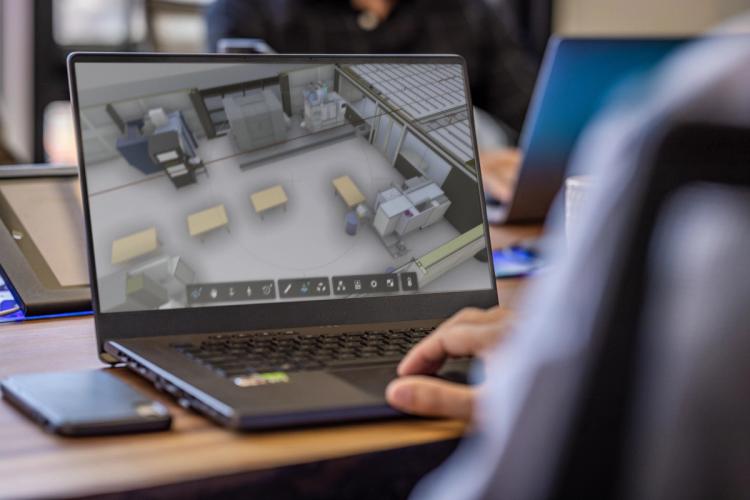Click below to view the webinar-on-demand.
5 tips for creating Revit families for building product suppliers
As a building product manufacturer, you have a significant opportunity to bridge the gap between your products and the digital workflows of architects, engineers and designers.
By offering Autodesk Revit families – intelligent 3D objects containing your product data – you can ensure your products are seamlessly integrated and adopted into Revit BIM projects. This not only makes it as simple as possible for architects and designers to work with your product but also, importantly, gives you greater visibility and a competitive edge in the supply chain. Read on for our tips on creating Revit families.

1. Know your audience
Different users will have different requirements for the Revit files; understanding these requirements will help you incorporate the right information from the get-go and better develop your families to be as useful as possible in a project.
Designers may be more concerned with how realistic an object looks, whereas an engineer will need more information about the product for analyses, Bills of Materials (BOMs) etc. If you develop furniture, your customers are more likely to want visually pleasing families, whereas if you create air conditioning units, they will require the information and ability to understand weight, dimensions, outputs etc.
2. What data to include
While it is unrealistic to tailor family files to each user’s individual needs, it is important to decide what information you think most customers will require. This will include basic information such as dimensions, model, product details, warranty, and maintenance instructions, and how they can contact you.
Cadpro has developed a generic Product Data Template (PDT) that includes the minimal amount of information we recommend you include in your Revit content.
3. Less is more
It can be tempting to over-model objects in Revit, but it is important to remember that the more detail you create, the bigger the file becomes. If the file is too big, then it will cause issues in the Revit project it is being used in. Clients are less likely to use your BIM content if it causes problems and slows down their projects. As we pointed out earlier on, know your end user and understand the minimum level of detail required for your models.
4. Marketing and lead capture
You are likely developing Revit content to promote your product, gain visibility and establish ease of doing business in your market. For these reasons, you will want to make it as simple as possible for clients to access your Revit families. You can either host families on your website or upload them onto a third-party library. Whichever method you choose, make sure to capture the end user’s information so that you can use downloads as leads for future business opportunities.
5. Get Feedback
Speak to and develop mechanisms for receiving feedback from those who use and download your Revit family files. This will help you understand what works and what can be improved. A feedback loop allows you to continuously develop your Revit families and make them as useful and seamless as possible for your clients to incorporate into their Revit projects.
Creating Revit families offers significant benefits for product manufacturers, but the process can be complex and time-consuming. At Cadpro, we understand the challenges manufacturers face. This is why we offer Revit family creation as a service, taking the burden off your team and ensuring your products are BIM-ready. Our team can create high-quality, information-rich families that meet industry standards and the considerations discussed in this blog. If you want to create the content yourself, Cadpro offers Revit family creation courses to give you the skills to create high-quality content.
To gain a competitive edge and seamless transition into the world of BIM, contact Cadpro today or register for our upcoming Revit families webinar below.
